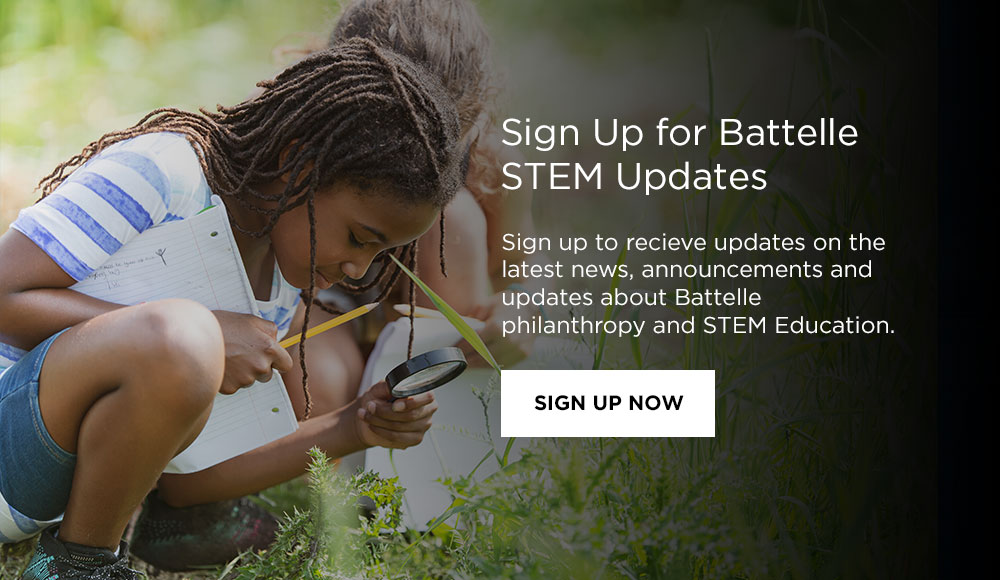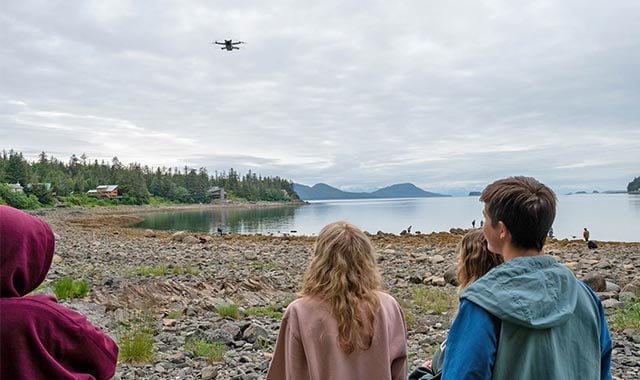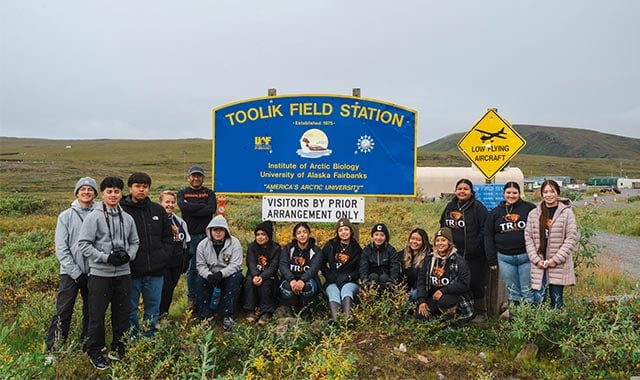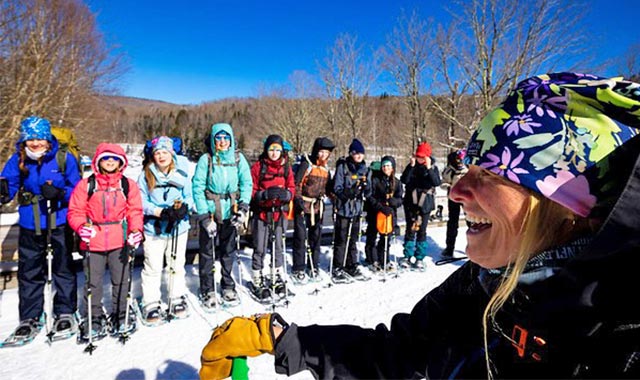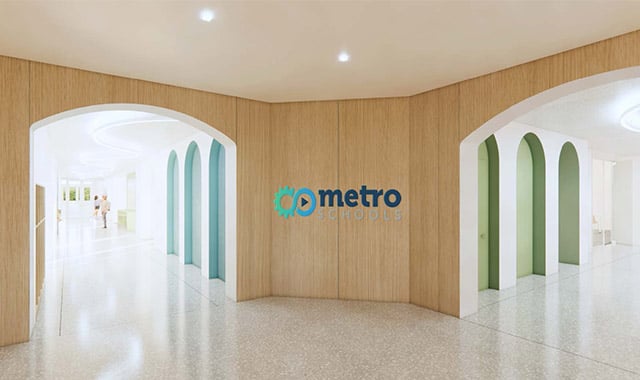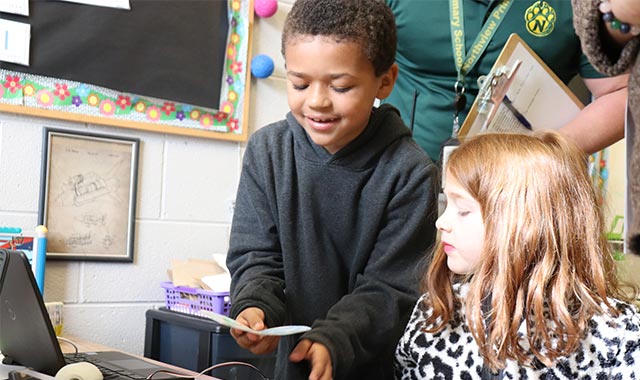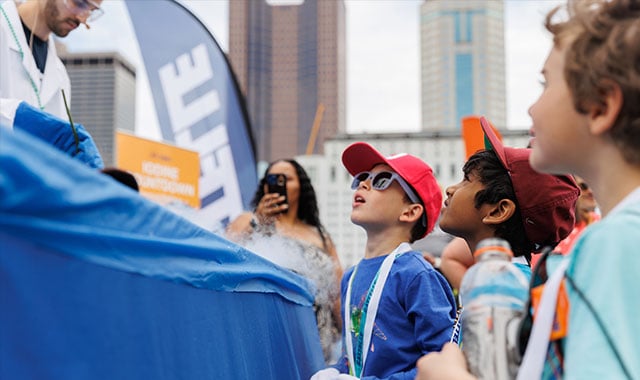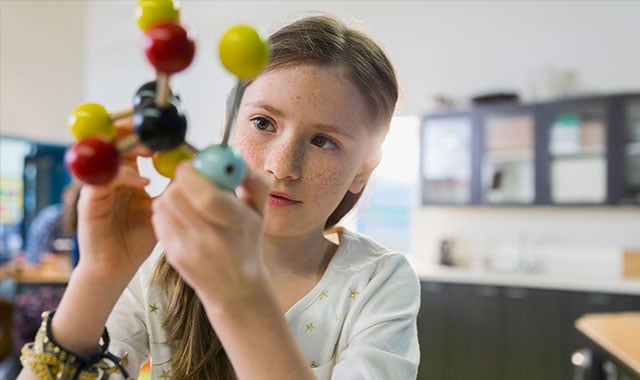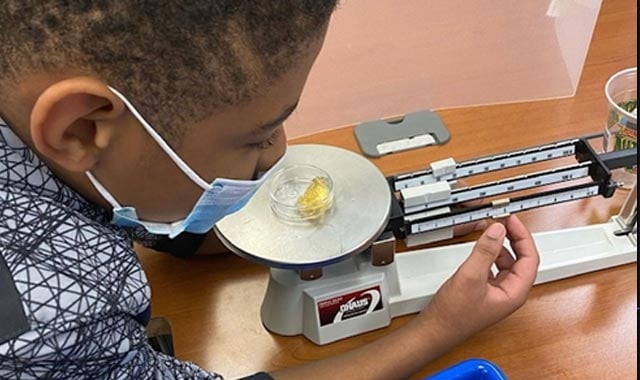Battelle Regional Community Grants Impact Wide Variety of STEM Programs

While Battelle is headquartered in Columbus and obligated to direct the majority of its philanthropic efforts in the area, it still funds Science, Technology, Engineering and Math (STEM) programs around the country. Recently, Battelle awarded $1.2 million to more than 40 community programs outside of Central Ohio where Battelle employees live and work.
It’s our goal to reach more than 1 million students with our philanthropic giving. Creating more equitable and accessible opportunities for students across the country to experience hands-on STEM learning is just one way Battelle continues to do the greatest good for humanity. The regional community grants help reach talented students who might not otherwise have access to high quality STEM learning opportunities. Following are some of the stories.
Chugach, Alaska
In Alaska’s Chugach school district near Prince William Sound, Sheryl Sotelo networks with many of the state’s teachers for STEM programs. Battelle money supplements an existing National Oceanic and Atmospheric Administration program. “The Battelle support is fabulous,” Sotelo said. “The Battelle funding has opened up the reach to all the other kids through the Alaska statewide mentor project. It gets the materials, weather stations, all the other things that make the program work. We make it free for the teachers.”
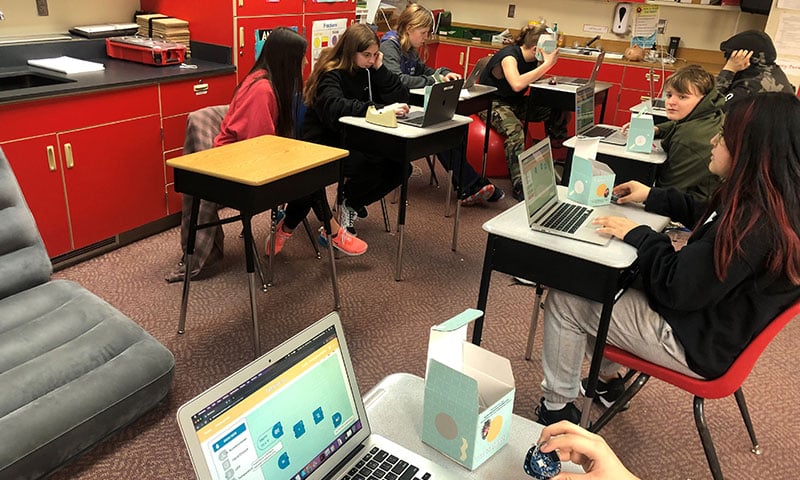
Students in class in Chugach, Alaska
A retired teacher and former Einstein Fellow at the National Science Foundation, Sotelo said the grant (the third for the program) is instrumental in reaching technology hungry teachers and students. The program has installed 15 weather stations in the state that students can access remotely. “Climate change is impacting safety, food, access to hunting areas,” she said. “We are thinking of creating an app that identifies routes that might have thawed that you should not go on in your snow machine. The glaciers are retreating and there are massive landslides that are imminent. They’d be catastrophic for some of the villages I work in. So the students are thinking about that.”
Students are using relevant, real-life data and becoming producers of technology through coding. “They appreciate their indigenous knowledge being valued as well as the Western science,” Sotelo said. “It’s a great blend of the two. The elders are glad to see the kids having a proactive role in science and the natural world around them.”
Who Dreams Wins™
Tim Bulk is an aeronautical engineer who knows many children don’t believe they can have a career in a scientific industry. He started Who Dreams Wins™ Foundation seven years ago and targets students in rural and inner-city schools to convince them they can have a technical career. The goal is to teach them why rockets work and why they don’t.
He sponsors internships for college students that he’s expanding to younger students with the Battelle grant. “Now we’ll have a full curriculum that we’ve developed, with supplies and books to help the teachers,” he said.
He also has partnered with astronaut Buzz Aldrin’s Aldrin Foundation to spread the impact to a larger crowd of kids, especially young women. “We’re bringing in women who want to learn and train and then go back into schools and convince younger ones that they too can do it, too.”
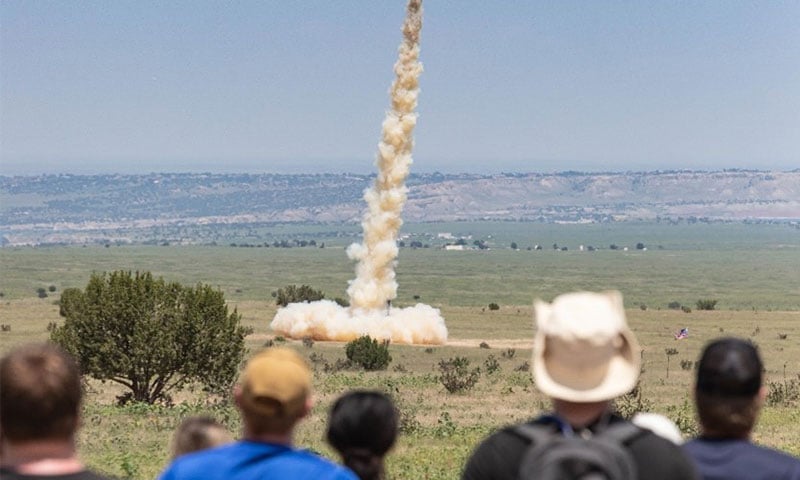
Rocket being launched as a part of Who Dreams Wins™
The ISTAR Group
In Sisters, Oregon, Steven Peterzén works with the local high school on ballooning and aquatic program. is in his third year of Battelle funding. “It’s been fantastic, we’ve grown by leaps and bounds since Battelle started to fund us,” he said.
The students build sophisticated balloon payloads that go high into the Earth’s atmosphere, and he has added an aquatic program with underwater remotely operated vehicles, canoes and a boat the students use to research the health of local lakes.
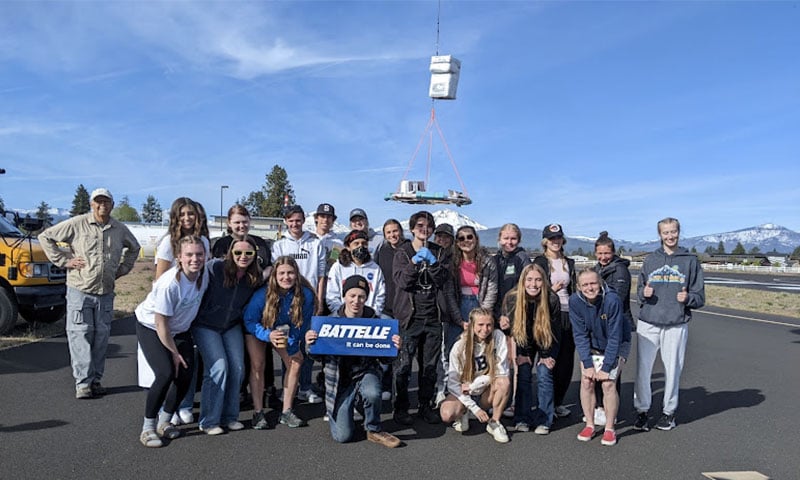
Students involved in a ballooning program in Sisters, Oregon
“We are just over the top—the observing and feedback we get from the students,” Peterzén said. “At a high school level, doing hands-on research isn’t common. We give guidance and outlines but it’s their initiative, no different than any other program at the post-doctoral level. They are the recovery crew, the engineers, payload designers. Our science team comes up with what they want to do. Looking at gamma rays or pumpkin seeds at altitude. They investigate what they want. They put together the payload, the flight system, the parachutes, balance the payload, set up the cameras, set up the ground stations. They work with some of my colleagues from throughout the years to help. There is open communications with some of the top physicist and meteorologists in the world. They communicate back and forth. When they have questions about project management to international cultural issues, they have access to get an open door.”
Some students earn fixed wing pilots’ licenses, and ballooning experience from his program. “It’s great to touch different aspects of those research initiatives,” he said. “I don’t know of many high schools around the world that have this opportunity. We’re ecstatic.”
Rockets for Schools
The Rockets for Schools program located in Sheboygan, WI has been providing high-power rocket competitions for more than 25 years. The program provides the opportunity for middle and high school students to design and construct a high-power rocket and develop a scientific payload to be flown in the rocket from the South Pier over Lake Michigan.
Teams from across the country display science fair presentation boards noting their mission patch, payload construction and scientific basis/theories, and overall rocket construction; all this in addition to completing a presentation to a panel of judges.
Teams are part of the formal ground support roles including the simulated mission control center, tracking, and live camera/video feeds to name a few.
Kenny Bergschultz is the co-director of the event and a civil engineer. “This program is truly fun and unique,” he said. “Where else can you experience the aspects of STEM, teamwork, and enhance soft skills using high power rocketry as the palette to learn from?”
This is the first time Battelle has sponsored the program and the money offsets technical purchases, key-note speaker costs, and general program material expenses. “We run a simulated mission control center, from launch to harbor control, overhead airspace and weather monitoring; the Battelle sponsorship helps refresh our equipment and materials as needed, maintaining a high-quality program focused on the participants,” Bergschultz said.
Impacting Communities In A Positive Way
“Providing underserved students with access to STEM learning opportunities isn’t just the right thing to do,” said Regina Schofield, Corporate Engagement and Education Outreach Director. “Battelle’s regional community STEM grants also help educate and inspire the next generation of scientists and engineers and ensure they can bring their diverse experiences and perspectives to STEM fields.”
Ultimately these programs will provide more than 423,000 students with inclusive and high-quality STEM learning experiences.
“The work of each and every Battelle employee allows us to give back and invest in STEM programming for students most in need,” said Wes Hall, Vice President of Philanthropy and Education. "The regional program allows us to support employees' efforts to make a difference in their local communities."
Related Blogs
BATTELLE UPDATES
Receive updates from Battelle for an all-access pass to the incredible work of Battelle researchers.
